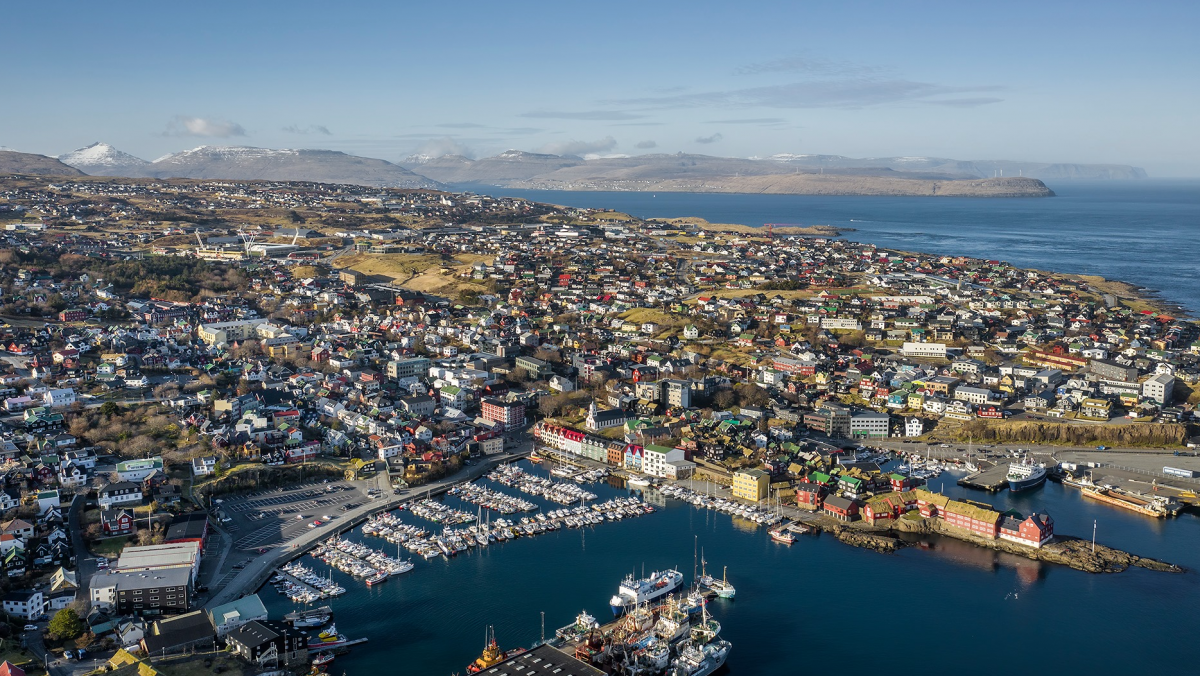Population
16. Aug 2021
Steady population growth continues

The graph below shows the population trend from 1985 to July 2021.
[px-graph-3]
The population trend is determined by net migration (the difference in the number of immigrants and emigrants) and the excess of births over deaths.
The 1.5% growth over the past year is made up of a net migration increase of 453 people and an excess of births of 333 children. Compared with the previous 12-month period, the net migration figure has gone down by 209, while the excess of births has increased by 38. The past two years have seen a slight decrease in net migration and a slight increase in the excess of births, resulting in an overall balanced contribution from these two factors to the annual population growth.
The solid lines in the graph below show the trend for immigration and emigration.
The solid lines in the graph below show the trend in live births and deaths.
The table below shows the population in each municipality in July 2020 and July 2021.
Like last year, the most populous municipalities are Tórshavn, Klaksvík and Runavík, while Fugloy, Skúgvoy and Fámjin municipalities have the lowest populations.
Tórshavn saw the highest population growth over the past year, increasing by 397 inhabitants, while the biggest drop was in Eiði and Vestmanna municipalities, both of which had a decline of 7 people.
The highest growth in percentage terms was in Hov municipality, which increased by 6 people (6.2%), followed by Sands municipality, which increased by 19 people (3.6%). The biggest percentage decline was in Fugloy municipality, which dropped by 2.6%, or 1 person.
[px-graph-1]
Population figures have a one-month lag
The figures have a one-month lag due to delays in registrations, especially regarding address changes, where many registrations are made after the month of address change has ended. To accommodate as many corrections as possible, there is a one-month lag in the data.
About the population figures
The population is defined as all individuals registered in the national register as residents of the Faroe Islands. Population data includes date of birth, gender, place of birth, citizenship, relationship status, and, where applicable, information on immigration and emigration, domestically as well as between the Faroe Islands and other nations.
About the trend
The trend describes the population trend by adjusting for seasonal effects and other error components in the population figure.